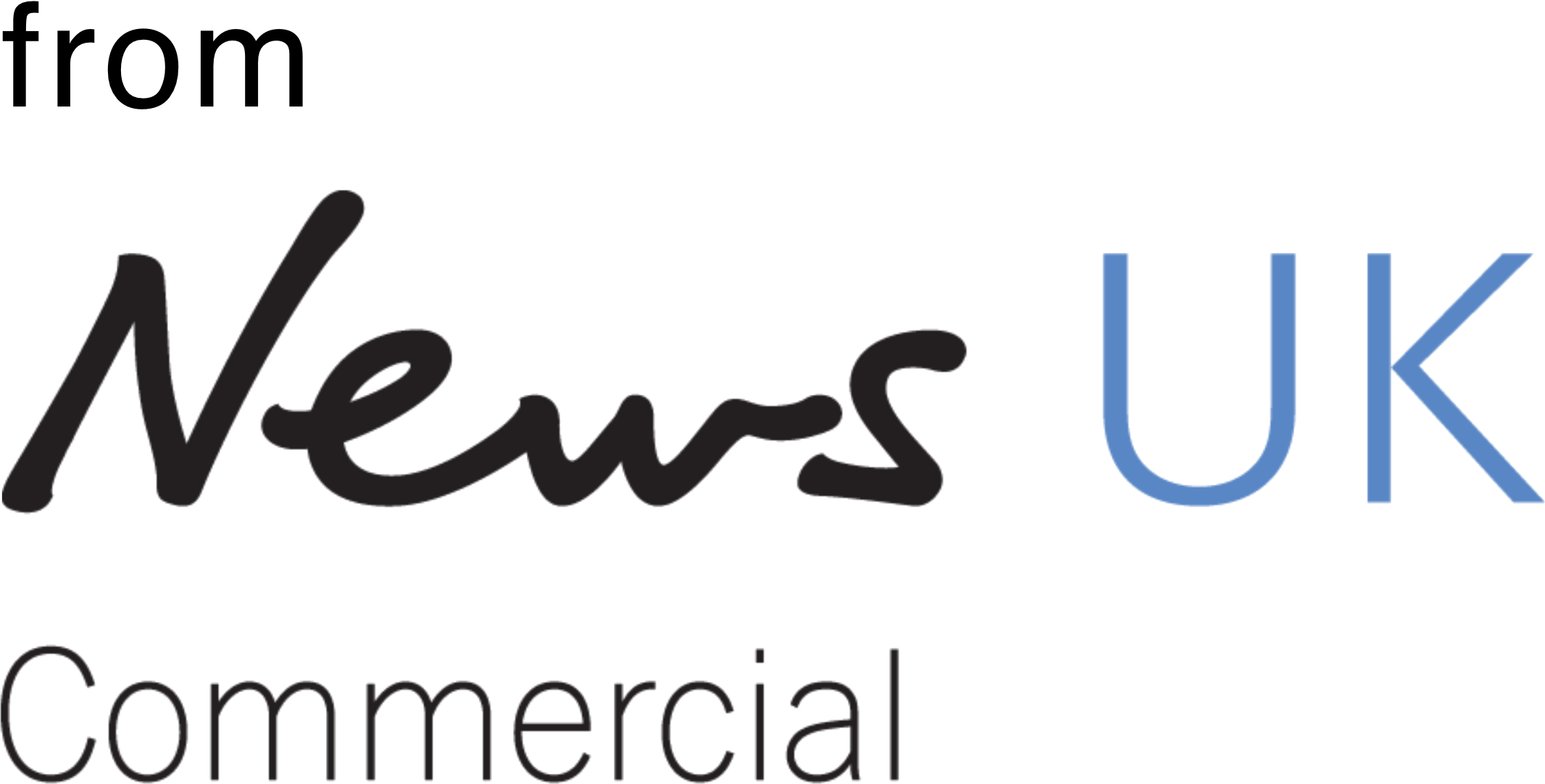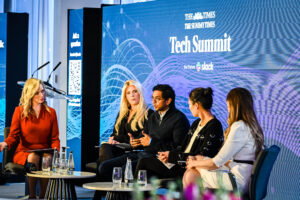In the last couple of years, publishers, agencies and brands have worked hard to increase the breadth of people seen in their pages, ad creatives and more.
People from some groups are becoming better represented in photography, film and TV output. But progress is not universal - disabled people, the over-50s and transgender people continue to be under-represented in broadcasting, for example.
Despite the initiatives, I don’t think the creative industries will be truly reflective in their output until they become inclusive on the input end.
There, we still have a problem. In the advertising industry, working-class and disabled people and those over 45 are dramatically under-represented, while Black people, Asian people, women and are less likely to hold C-level roles.
Appropriate representation within production crews - the photographers, film-makers, producers, colourists and others who bring stories to life - is important because, ultimately, lived experience is the best vehicle to realise authentic on-screen inclusion. That means stylists familiar with Black hair, lighting technicians who can work with darker skin tones, set designers who can craft accessible working environments.
Unfortunately, access to our industry is the hurdle too many of these people continue to face. We founded Studio PI, a photography and illustration agency championing diverse creators, because we believe industry exposure and training for marginalised creatives could help accelerate the growth of inclusive crew bases.
How can the rest of the industry help in that mission? Here are four ways.
1. Assemble a ghost crew
In an industry that operates project-to-project, productions often don’t assemble teams until right after their next contract is signed-off, when the priority is to start up quickly. If you are a recruiter with a narrow network, that leaves precious little time to seek out candidates who are fewer on the ground. “Speed is the enemy of diversity” is something I hear all too often.
Get ahead of the game by doing your talent outreach before you need to. In photography, it is common to option photographers’ time for potential projects. TV and filmmakers could similarly assemble “ghost crews” in advance, to be activated when a project is green-lit.
Executive producers can carve out time for this between projects. For instance, hand a junior producer the defined short-term task of network-building and securing indicative availability. When the commission gets awarded, that investment will pay off.
2. Know where to look
I meet many fully bought-in clients and producers who desperately want to hire diverse talent - but who don’t know where to look.
The good news is that a number of organisations and resources now exist to make finding a breadth of creative talent easier.
Talent databases like those listed by Look Beyond The List, networks like Pocc and organisations like Pictures For The People and ScreenSkills all provide an access point to talent. Broaden your knowledge of resources like these so that, when you start crewing-up, you’re ready to onboard quickly.
3. Skills-based recruitment
People from underrepresented and lower socio-economic backgrounds don’t have the luxury of picking and choosing roles. As a result, their CVs could be unfairly perceived as being unfocused.
To short-circuit this, hiring processes should be more formalised and skills-oriented. Ideally, recruiters should have clear descriptions for every role, hiring according to the job spec rather than judging an individual’s CV or picking from their familiar network.
But there’s also a certain level of flexibility required when recruiting. Here at Studio PI, we’ve taken on an apprentice with no experience of photography, illustration or agency sales. However, they were able to demonstrate a set of skills in other roles - communication, creativity, networking - that we recognised as being valuable to the agency.
4. Be courageous
Significant change requires more people making more courageous decisions. Risk aversion, or choosing the safe option, can narrow your hiring options and may mean you miss out on a valuable difference in perspective.
A confident creative team wins respect for challenging the status quo. If going against a client’s preferred film director is still too daunting, there are myriad less risky opportunities to help professionals step forward, building their CVs and networks. Recruiting a minority-ethnic or hard-of-hearing junior production assistant is hardly as consequential a decision as whether MGM should cast a Black James Bond.
Culture change
Whilst many of us dream of a utopia where we don’t have to continue to talk about diversity, we accept that we must for progress to be made.
Nobody said that progress would be easy - but, equally, it shouldn’t be as difficult as we’re currently making it.
With consideration, flexibility and courage, I’m confident representation behind the camera can be improved and, with it, crew culture and output will improve too.






